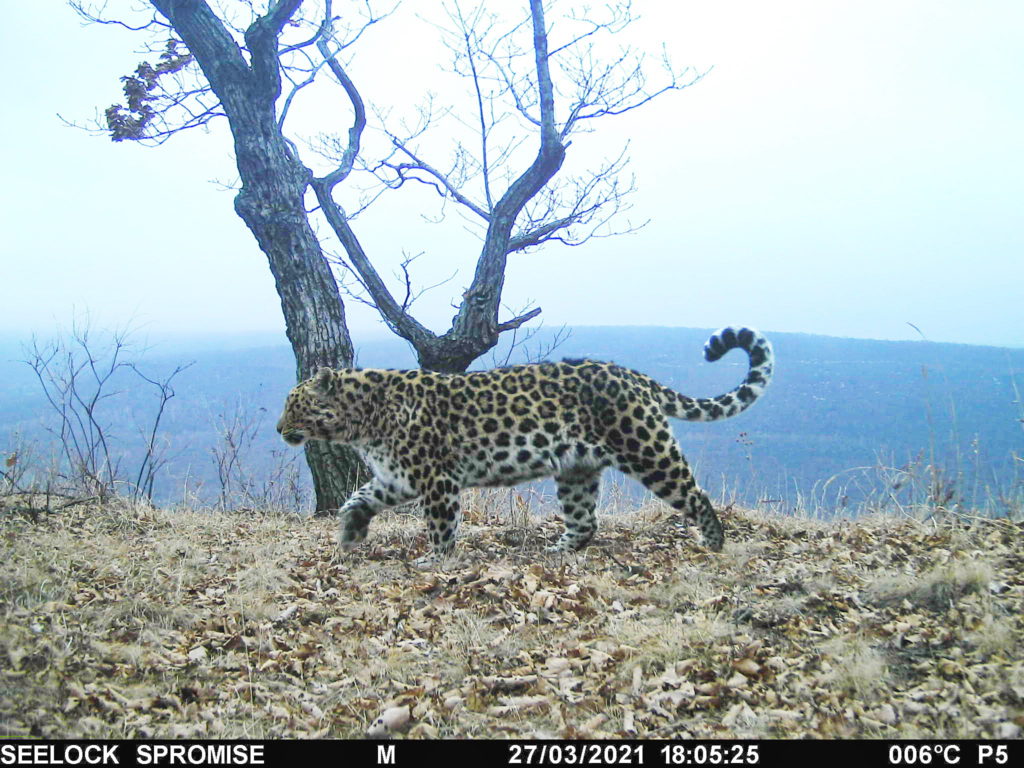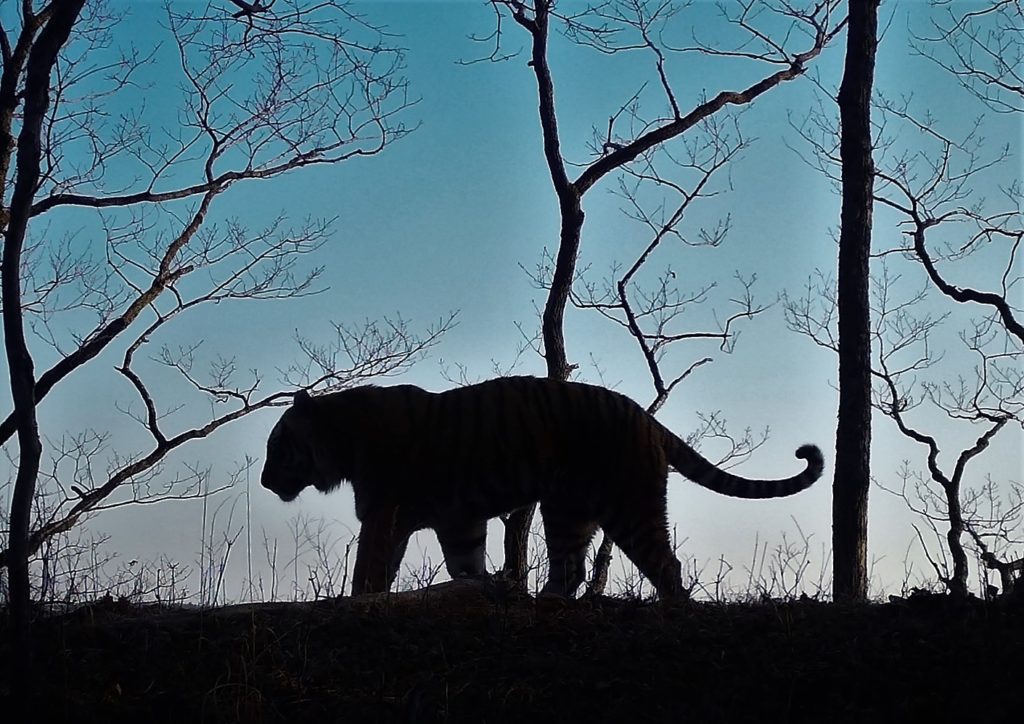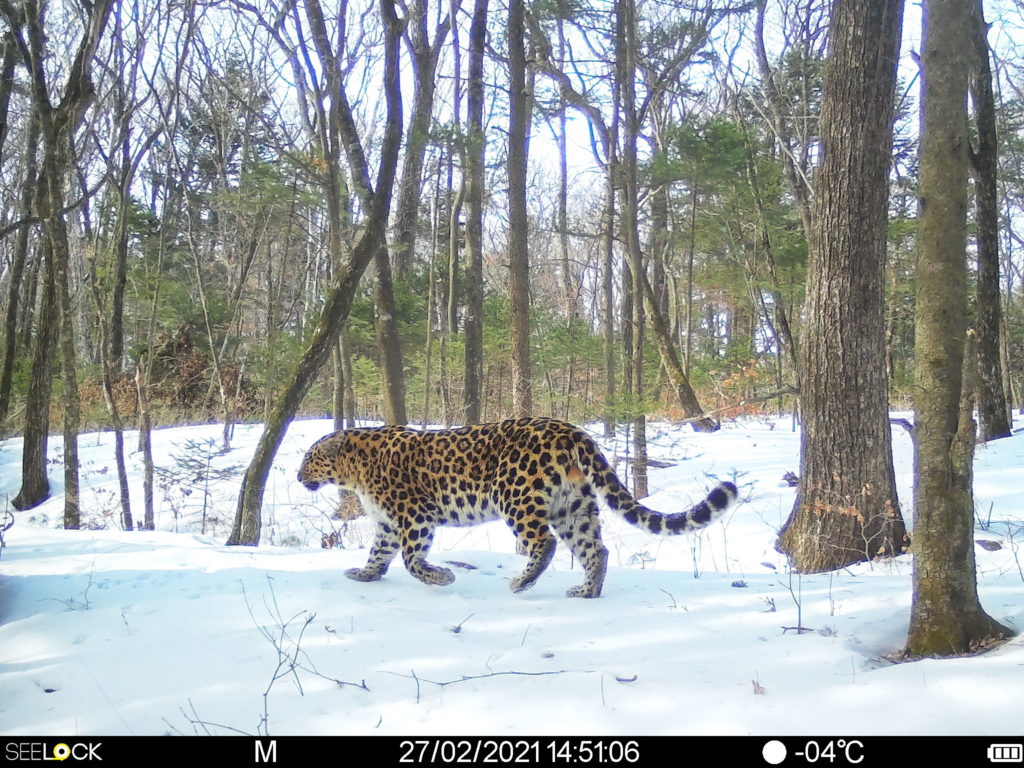For nearly twenty years, WCS Russia has sought to institutionalise rigorous methods of population monitoring in the Russian Far East. In their half-yearly interim report, the team based at Land of the Leopard National Park (LLNP) in the Russian Far East, has reported continued progress towards this goal.
The importance of monitoring for conservation is universally recognised. Monitoring programs allow conservationists to learn about the system and detect unexpected changes. Results can help raise awareness amongst the public and policy makers, audit existing management actions and inform future management decisions.
The first 6 months of population monitoring in 2021
WCS Russia project has sent WildCats an interim report detailing their performance over the last 6 months.
Monitoring wild Amur tiger and leopard populations
During January and February of 2021, a team of 5 field workers set 62 pairs of camera traps. 60 of these cameras were then collected in May 2021 after 3-4 months of gathering data. Two cameras didn’t make it home as they were unfortunately stolen which is always a risk with camera trapping. Despite the missing cameras, a total of about 300,000 photos were collected, including 2,315 images of leopards and 1,125 images of tigers. The team is still in the process of individual identification of tigers and leopards by comparing spot and stripe markings. Once this information is gathered, we will be able to gauge population numbers in the study area within LLLP.
Support Amur Leopard Management
One of the key aims of this project is to support Amur leopard management through collaboration with the government and NGOs. This cannot be done without evidence-based survey methodologies which properly estimate leopard abundance.
Monitoring efforts in this region have demonstrated that leopard numbers have increased over the past five to ten years. This is a testament to improved law enforcement efforts and better management coming after the creation of LLNP.
This project has proved recovery of leopard numbers is possible in northeast Asia when appropriate and dedicated management efforts are applied. It has also helped the team to negotiate and be engaged in transboundary conservation activities between Russia and China. You can find the WCS China 2021 interim report here.




